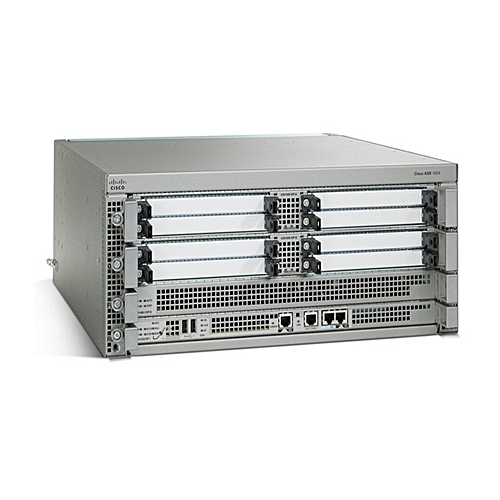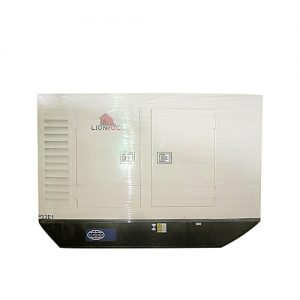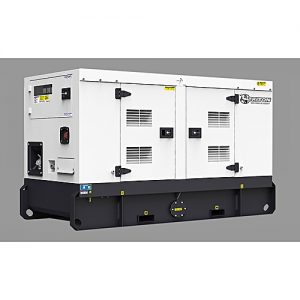Description
Cisco ASR 1000 Series Overview as below:he Cisco® ASR 1000 Series Embedded Services Processors (ESPs) handle all the network data-plane
traffic‑processing tasks of Cisco ASR 1000 Series Aggregation Services Routers. These ESPs allow
the activation of concurrent enhanced network services, such as cryptography, firewall, Network
Address Translation (NAT), quality of service (QoS), NetFlow, and many others while maintaining
line speeds. Figure 1 shows the Cisco ASR 1000 Series ESP 100 and ESP 200.Cisco ASR 1000 Series Routers are placed at the WAN edge of your enterprise data center or large
office, as well as in service provider points of presence (POPs). The routers rely on the power of
the ESPs to aggregate multiple traffic flows and network services, including encryption and
traffic management, and forward them across WAN connections at line speeds. With router options
that run from 2.5 to 200 Gbps, the Cisco ASR Family contains many models and licensing options to
meet the speed and budget requirements of different types of organizations and various-sized
locations.The Cisco ASR 1000 ESP components of these routers accelerate service delivery using parallel
processing. The ESPs are based on the Cisco Flow Processor (FP) for next-generation forwarding and
queuing in silicon. They operate at 20-, 40-, 100-, and 200-Gbps data-plane forwarding throughput
rates. Together, the Cisco ASR 1001-X, ASR 1001-HX, ASR 1002-HX, and ASR 1002-X Routers and 100-
and 200-Gbps ESPs introduce the second generation of the Cisco FP hardware and software
architecture. With FP-based ESPs at their core, ASR 1000 Routers accomplish the following:● Handle all baseline packet routing operations, including MAC address classification, Layer 2
and Layer 3 forwarding, QoS classification, and NetFlow packet accounting● Perform advanced services such as IP Security (IPsec) encryption, Network Address Translation
(NAT), firewall, AppNav, Cisco Application Visibility and Control (AVC), Performance Routing
(PfR), and Locator ID Separation Protocol (LISP); they offer diverse feature Layer 2 connectivity
options such as Ethernet over MPLS (EoMPLS), Virtual Private LAN Services (VPLS), Overlay
Transport Virtualization (OTV), and Virtual Extensible LAN Services (VXLAN)
ATTENTION: GOT ITEMS FOR SALE? Post your items, services and properties for sale for FREE and sell faster on our free ads platform..Go here now >>> POST FREE AD








